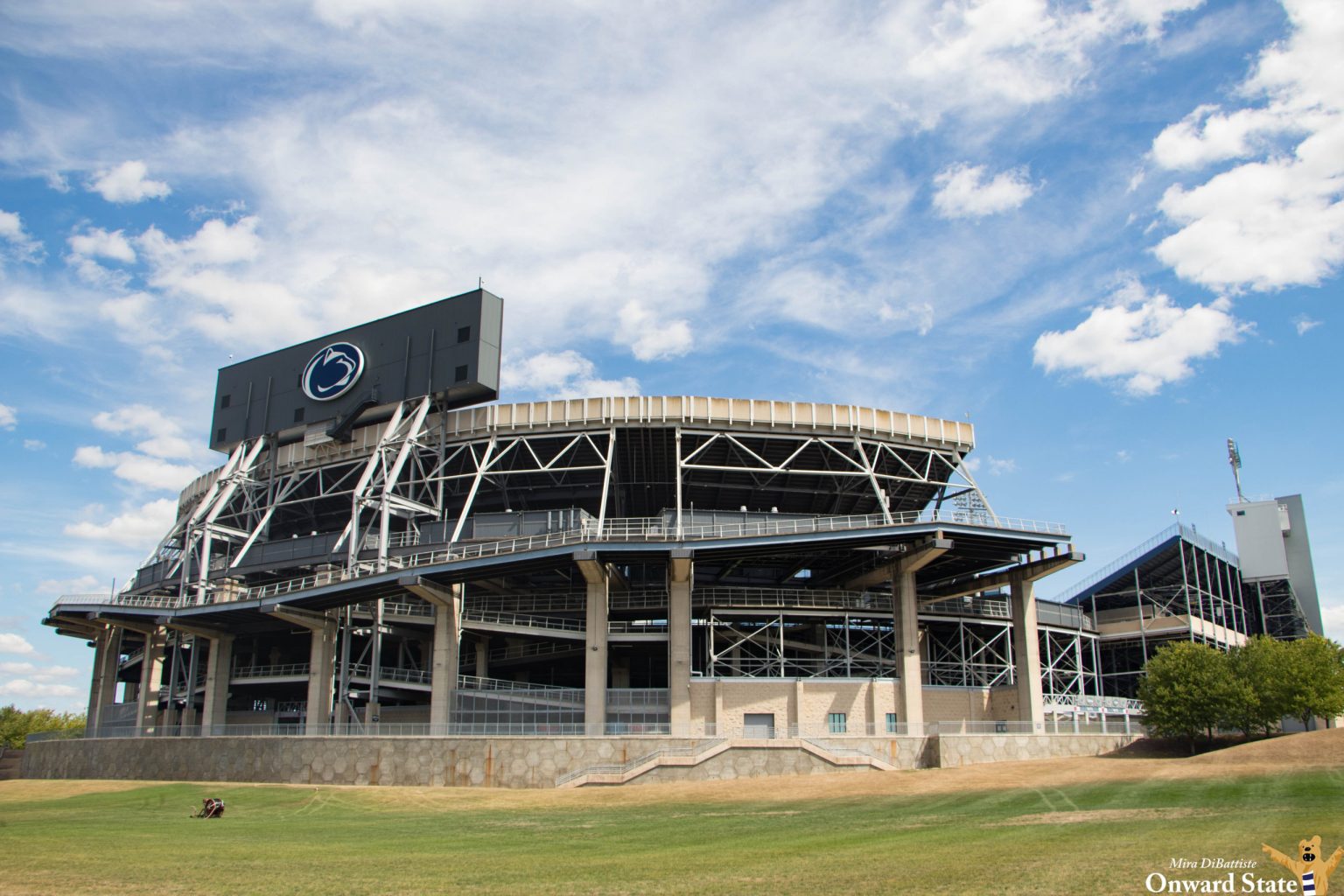Penn State athletics operated with roughly $202.2 million in revenues and $202.07 million in expenses for the most recently completed 2022-23 fiscal year, according to the department’s annual fiscal report released on Tuesday. Revenues rose by nearly $21 million while expenses ballooned by $31.5 million.
The fiscal year — which runs from July 1 to June 30 — largely coincided with new Vice President for Intercollegiate Athletics Pat Kraft’s first year at Penn State.
The net budgetary difference of $126,352 marks a significantly smaller margin than the previous fiscal year, which saw Penn State athletics report $10.6 million less in expenses than its $181.2 million revenue total. Both fiscal years mark a positive cash flow following the COVID-19 pandemic, which crippled athletic departments across the nation. Penn State itself reported a near $24 million budget deficit following the main thrust of COVID-19 in 2020, which saw no fans in the stands.
In 2022-23, Penn State football saw a slight ticket revenue increase up from $40.6 million to $41.8 million. Football as a whole brought in nearly $110 million in revenue, up from $105.6 million in 2021-22. That figure brings Penn State football’s total reported revenue to around $850 million under James Franklin, not accounting for the most recently completed football season.
Penn State men’s basketball reported $1.76 million in ticket sales, up from $624,335 the year prior. That figure is reflective of Penn State’s eventual NCAA Tournament run and quality season under then head coach Micah Shrewsberry.
As for the increase in expenses, that can be found throughout the report. For Penn State football, James Franklin and his staff operated with their largest budget to date of $62 million, up from $57.6 million the year prior and $48.7 million the season just before COVID. On a more granular level, Penn State football saw its recruiting budget nearly doubled to $2.8 million, up from $1.486 million the year prior. Men’s basketball also reported expenses around $12.1 million, up from $8.2 million the year prior.
In total, every Division I program that Penn State fielded saw an increase in spending, bringing total team-based expenses up from $86.6 million to $97.99 million in the most recently completed year. Nearly all sports also reported increased revenues as well.
An interesting note: Penn State football reported $9.6 million in program, novelty, parking and concessions revenue which marks a significant increase from $7.82 million a year earlier. This mark is likely reflective, at least in part, of Penn State’s decision to sell beer at Beaver Stadium starting in October of the 2022 season. The most recently completed football campaign marks the first full year of alcohol sales at Beaver Stadium. Those figures will be released in effectively a year from now.



